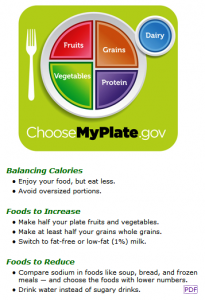Beverage Daily’s Special Edition: Calorie-Cutting Initiatiatives
One of the newsletters I subscribe to, BeverageDaily.com, has a special edition—a collection of its articles—on what the industry is doing to address its biggest problem: reducing sugar.
What is the beverage industry doing to cut calories?
Health and wellness is at the forefront of consumers’ minds, and sugar gets plenty of bad press. Obesity is as big a concern as ever, and soft drinks are in the firing line.
What is the beverage industry doing to reduce calories? How are market leaders reformulating and revamping their portfolios; and what healthier brands are appearing?
From alternative sweeteners to packaging sizes, we look at what the industry is doing to cut calories – and how well these initiatives are working.
From reformulation to nutritional labeling, the non-alcoholic beverage industry has adopted a variety of strategies to reduce the calorie content of drinks. We look at how different strategies from around the world are being implemented. .. Read
- UK sugar tax: comment and analysis: The UK government has announced a sugar tax on sugar-sweetened beverages, which will come into effect in April 2018. From public health officials to think tanks, we take a look at some of the comments and analysis following the announcement. .. Read
- Stevia’s star keeps rising: MintelThe use of stevia in non-alcoholic beverage launches increased 487% between 2011 and 2015, according to figures from Mintel, with carbonates and RTD iced tea in particular turning to the natural sweetener. .. Read
- Canadian beverage company launches calorie-free organic energy water: Natural energy beverage company, Guru, has launched a sugar-free, zero-calorie organic energy water in Canada… Read
- Scientists find way to make sweetest sweetener taste sweeter: Japanese researchers have devised a method to make one of the sweetest natural sweeteners even sweeter in a development that will be seen as a breakthrough at a time when consumers are moving away from sugar… Read
You can see why the industry has a problem. Sugar tastes good. These other things not so much.





